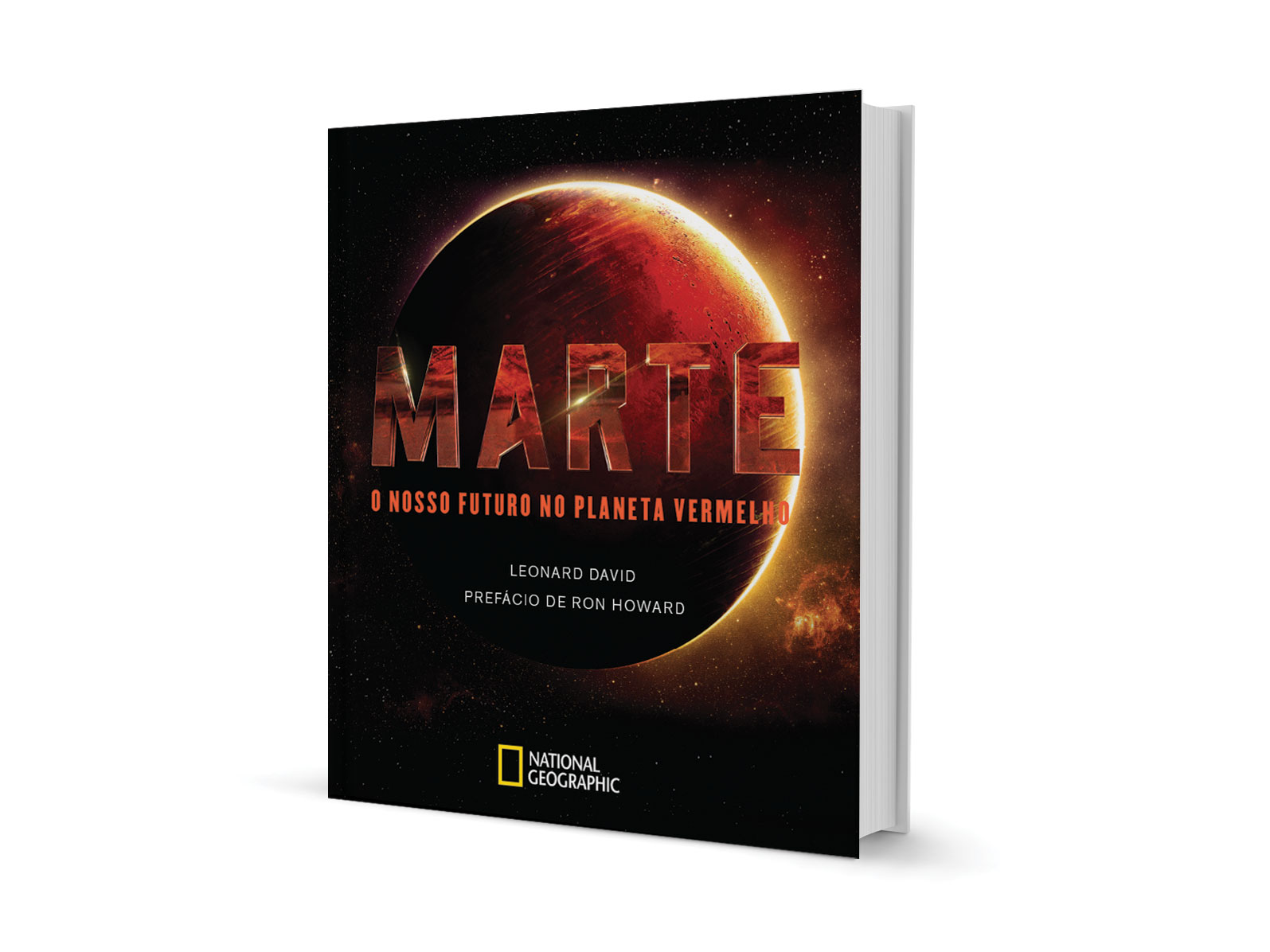

"What is doing the oxidizing or iron depleting?" Cottrell asked. The geologist added that what the team's results can't currently do is provide an alternative hypothesis to explain the creation of continental crust, meaning the findings ultimately pose more questions than they answer. Meteorites reveal how they brought space water to Earth How did Earth get its water? Moon rocks suggest it might have been here all along. No asteroid impacts needed: Newborn Earth made its own water, study suggests In a series of 13 different lab tests performed by the team, Cottrell and Holycross grew samples of garnet from molten rock under pressures and temperatures mimicking conditions inside magma chambers deep in Earth's crust. The pressures induced were equivalent to 15,000 to 30,000 times that created by Earth's atmosphere and temperatures generated were between around 1,740 and 2,250 degrees Fahrenheit (950 to 1,230 degrees Celsius), hot enough to melt rock.

These mini-fridge-sized pistons composed of steel and tungsten carbide can induce massive pressures on tiny rock samples while they are simultaneously heated by a surrounding cylindrical furnace.

To test the garnet theory, the team recreated the massive pressure and heat found below continental arc volcanoes using piston-cylinder presses located at the Smithsonian Museum's High-Pressure Laboratory (opens in new tab) and at Cornell University. Creating the intense conditions of Earth's interior in the lab "You need high pressures to make garnet stable, and you find this low-iron magma at places where the crust isn't that thick and so the pressure isn't super high," Cottrell said in a release (opens in new tab), adding that the team was skeptical of the crystallization of garnet as an explanation for the buoyancy of continental crust. This process removes non-oxidized iron from the terrestrial plates, while also depleting iron from molten magma thus leaving it more oxidized as it forms continental crust.Ī team of researchers led by Cornell University assistant Professor Meghan Holycross and Smithsonian National Museum of Natural History geologist Elizabeth Cottrell improved the understanding of the continents by setting about testing and eventually eliminating this hypothesis first formulated in 2018. The low levels of iron found in continental crust has been hypothesized to be the result of the crystallization of garnet in the magmas beneath these continental arc volcanoes. This means continental crusts are buoyant and rise above sea level to form the dry land masses that make terrestrial life possible. The distinction between dry continental crusts and oceanic deep-sea crusts is the lack of iron in the continental crust.


 0 kommentar(er)
0 kommentar(er)
